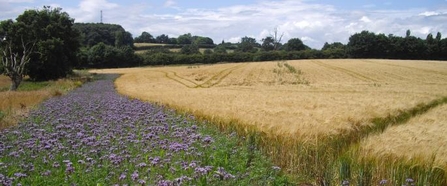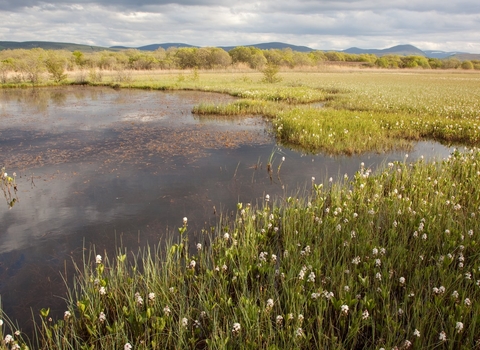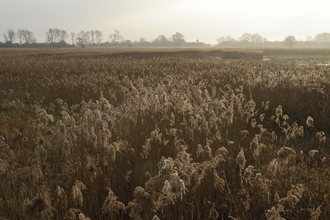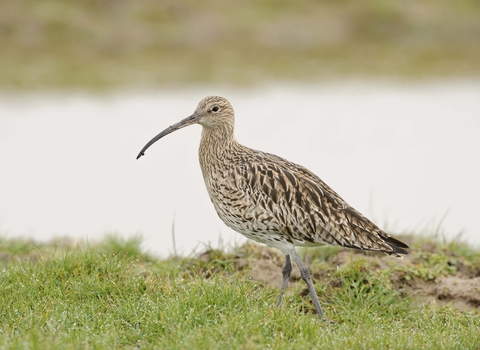Yorkshire Peat Partnership (YPP)
Restoring peatland habitats on a Yorkshire moorland (Matthew Roberts)
The Yorkshire Peat Partnership, led by the Yorkshire Wildlife Trust, is working to restore and conserve upland peat in order to ensure the long-term future of these unique and valuable habitats.
The project area includes the uplands of the Yorkshire Dales National Park, Nidderdale Area of Outstanding Natural Beauty, North York Moors National Park and areas of the South Pennines.
The Yorkshire Peat Partnership has restored more than 100 square miles of peatland habitats.
Within the Yorkshire region alone there is nearly 70,000 ha of upland peat soil, upon which a staggering 4,350,000 m of drainage channels have been cut. There is a real and pressing need to undertake restoration in the Yorkshire region in order to protect these precious carbon sinks and the partnership aims to substantially increase the amount of peatland restoration activity taking place in Yorkshire.
So far around 100 square miles of Yorkshire’s precious peatlands have been restored. This means nearly a quarter of Yorkshire’s damaged peatlands have been restored and an estimated 29,500 tonnes of the damaging greenhouse gas CO2 prevented from being emitted, a major cause of global warming. This is equivalent to the amount of carbon produced annually by 62,000 UK households.
Pumlumon
Restoring wetland habitats in the Cambrian Mountains - Matthew Roberts
The Pumlumon Living Landscape scheme, led by the Montgomeryshire Wildlife Trust, is about changing the way we manage the countryside in the uplands to make sure the natural environment is as healthy as possible. This work will also help bring money into the area from tourism and will help create new jobs and new skills.
Established in 2007, the Pumlumon Project is pioneering the development of an upland economy across 150 square miles of the Cambrian Mountains. The project has been working with landowners to deliver practical land management measures that benefit wildlife alongside the management of the land for water, carbon and wider social and economic benefits. This has involved the re-wetting and restoration of blanket bog.
The Pumlumon area has the potential to absorb and store huge amounts of carbon at a very modest cost. On one landholding the project blocked 11km (6.8 miles) of ditches, restoring 105ha of peat bog, and safeguarding 82,500 tonnes of carbon.
Lower Smite Farm

Lower Smite Farm (Worcestershire Wildlife Trust) - Zoe Stevens
At Lower Smite Farm, a 150 acre arable farm run by Worcestershire Wildlife Trust, you can see organic and conventional farming working side by side. Due to the post-war intensification of farming, the soil at Lower Smite has steadily declined. The soil had become almost totally reliant on artificial inputs to grow arable crops. With around 75% of terrestrial wildlife living in the soil a thriving soil food web is vital to the recovery of the majority of farmland wildlife.
Rebuilding humus levels and earthworm numbers are a priority. The Wildlife Trust have planted a wide range of ‘green manure’ mixes, including red and white clovers, cocksfoot, yellow trefoil and phacaelia to ‘feed’ the soil and encourage microbial activity. These mixes also provide good forage for sheep and cattle.
Rebuilding humus levels and earthworm numbers are a priority.
Earthworms are not only the ‘lungs’ of the soil they are directly linked to the survival and abundance of a wide range of farmland wildlife including thrushes, lapwing, curlew, buzzard, moles, badger, robins, rooks and frogs. A healthy soil is fundamental to creating a cropping system able to cope with the adverse weather patterns created by climate change.






